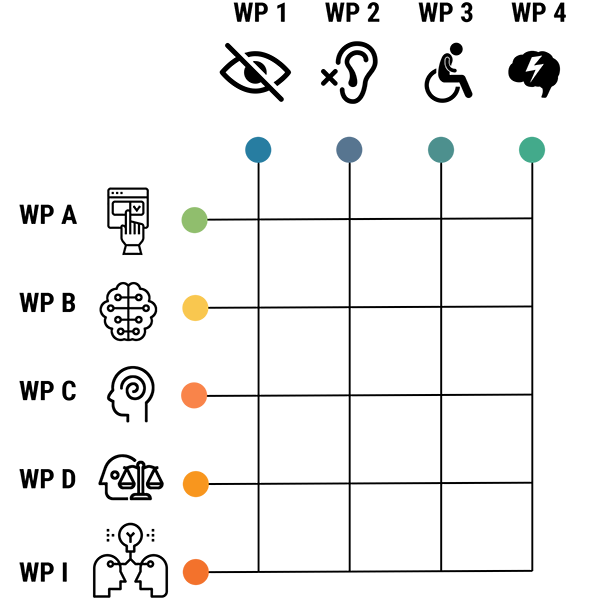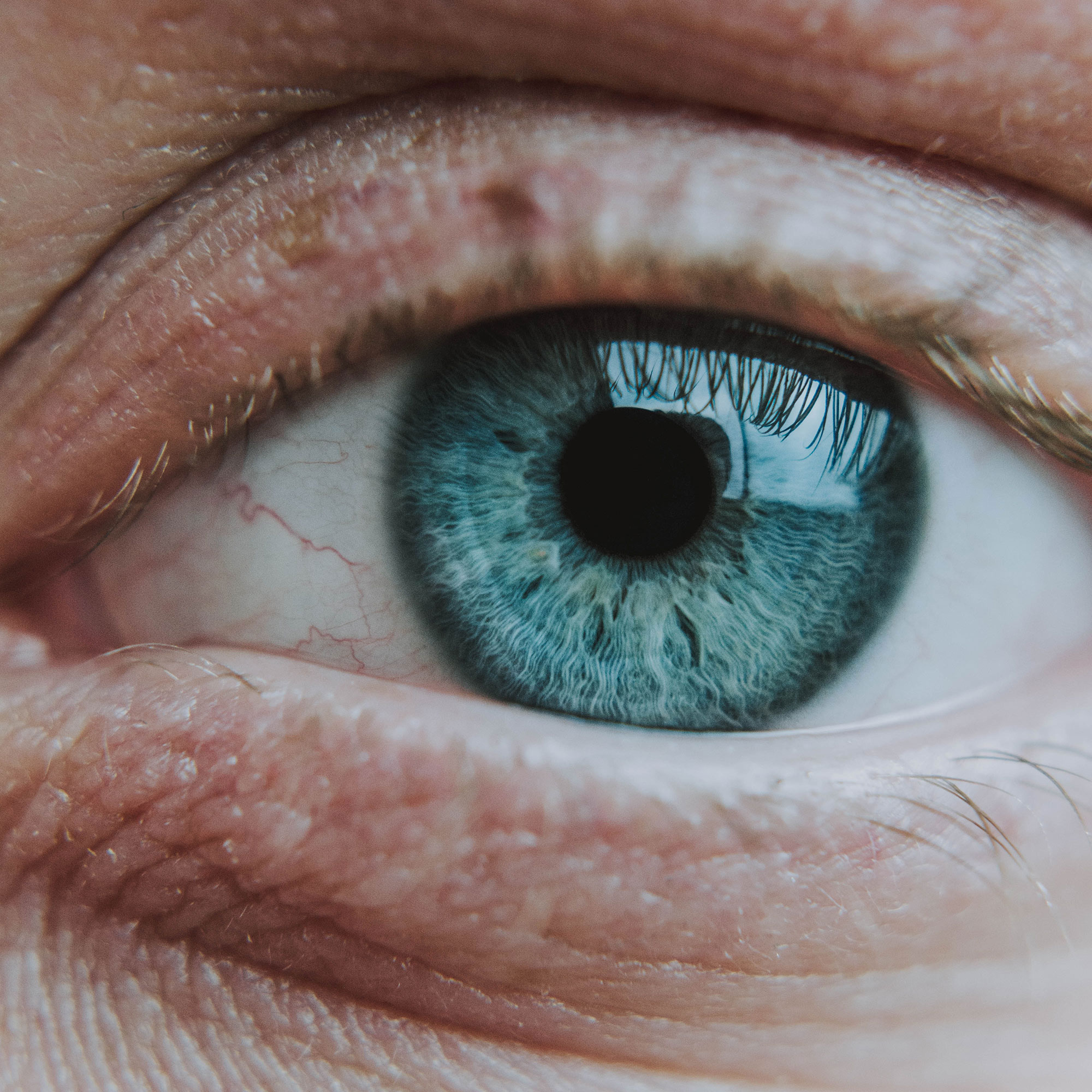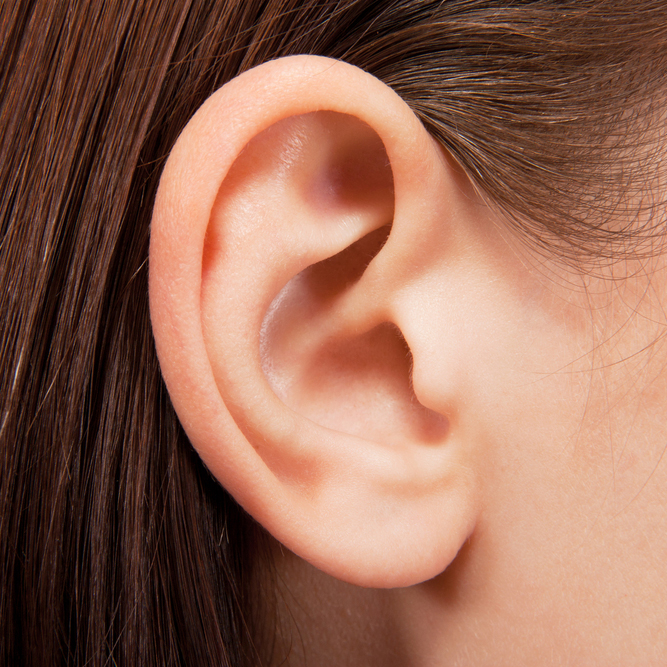
The INTENSE crossover
INTENSE consists of 8 scientific work packages (WPs 1-4 and A-D), complemented with WPI for knowledge utilization. The highly integrated structure of this crossover project is best visualized as a matrix.
INTENSE focuses on four use cases: blindness, deafness, paralysis and epilepsy, WPs 1-4, which all rely on highly overlapping methodologies developed in WPs A-D. WP1 develops a visual prosthesis to restore a rudimentary form of vision for the blind, WP2 increases the functionality of cochlear implants for deaf people, WP3 reads brain signals to decode brain states for movement disorders, for instance in patients with Locked-In Syndrome, and WP4 develops a fundamentally new concept for epilepsy treatment.
Along the horizontal lines of the matrix are the overarching WPs that are critical for all use cases. WPA develops new methods for safe and broadband interfacing with the brain; WPB develops AI methods for the interpretation of brain signals and prepares auditory or visual input to be written to neurons; WPC investigates the experience of the user and guides the implementation of new devices in patient populations, and WPD addresses the ethical and societal impact of the new neurotechnology. WPI is for valorization strategies, knowledge utilization and entrepreneurship of the different WPs.
The research projects take place at virtually all entries of the matrix, i.e. the intersections between WPs 1-4 and A-D. The WPs are guided by a leader and a co-leader and because all PhD-students and postdocs conduct research at the intersections of the matrix, they are co-supervised by the leaders of the intersecting WPs, ensuring a strong coherence.
Learn more about the work packages here:









